
1882 - 1967
David Burliuk

description
A Ukrainian artist and poet, publisher, critic, who worked in Russia, Japan and America. One of the founders of the Russian and Ukrainian avant-garde traditionally referred to as the “father of Russian Futurism”.
He was an initiator of revolutionary ideas, which united many famous people (Lentulov and Exter, Bogomazov and Palmov, poets Mayakovsky and Kamensky, Kruchyonykh and Khlebnikov, Aseev and Guro), as well as the creator of the group “Gilea” – the first literary and artistic union of the Futurists. He was a member and organizer of innovative groups “Stefanos Wreath”, “Jack of Diamonds”, a member of the Moscow Youth Union and the Munich Blue Horseman.
The master was the first in Bashkortostan to create images of the indigenous population, the first to transfer avant-garde to the land of Japan.
The artist’s museum was created in Brooklyn (New York, the USA); the American International Zaumi Academy annually presents the prize “International Mark of D. Burliuk”.
Key ideas:
– The artist created words in the style of impressionism at the beginning of his career (mostly the vicinity of Chernyanka in the Kherson region); however, in the 1910s, his graphic works and paintings became deliberately disharmonious and extremely arbitrary.
– He embodied the creative method of Fauvism in his famous work “Cossack Mamai”, introducing Ukrainian folklore into the style. He did this repeatedly: while living in Japan, he used the technique of local engraving, in America – the techniques of the colonial style.
– Burliuk created a large number of his works of various subjects and genres in a manner close to the primitive and in the style of synthesizing symbolism and grotesque (these fantastic paintings are characterised by a combination of smooth painting with a rough brushstroke).
– America corresponded to Burliuk’s sharp futuristic interests in the latest technologies – new architecture, industry and technology, which served as themes and were close to the ideas of the movement.
– The next change in his style happened when he invented the “radio-style”, which was announced in the «Radio Manifests». This is the concept of a specific sensual fixation of the past and the future at the same time through the energy of art – the petrographic and cosmological essence, as in “The Parish of a Mechanical Man”.
– The author created paintings with rural plots with an ironic and positive intonation inherent in him, in a mocking and popular style – it was a unique feature of his art.
– His memory always kept youthful impressions of the steppe landscapes, girls in Ukrainian outfits, and genre colourful pictures. In the later period, he created such nostalgic works.
– To achieve an unusual texture, Burliuk threw his paintings on the sand to make the paint layer textured. He did this much earlier than A. Masson, who is considered the inventor of “sand paintings”.
1882
1898
1899
1902
1904
1907
1910
1911
1914
1915
1920
1922
1930
1953
1956
1962
1967
David Burliuk was born
Entered the Kazan Art School

He began to study at the Odessa Art College

Studied at the Munich Royal Academy of Arts

He studied at the F. Cormon School of Fine Arts
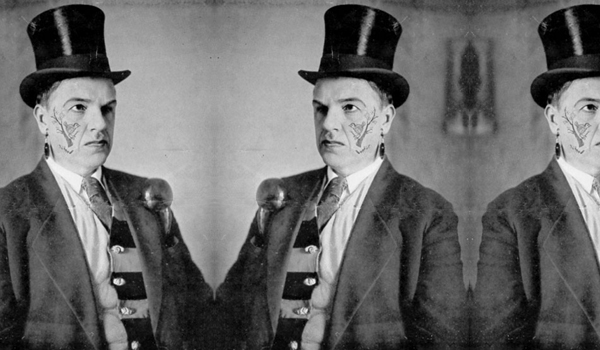
Returning to Russia, he made friends with avant-garde painters

Entered the Munich group "Der Blaue Reiter"
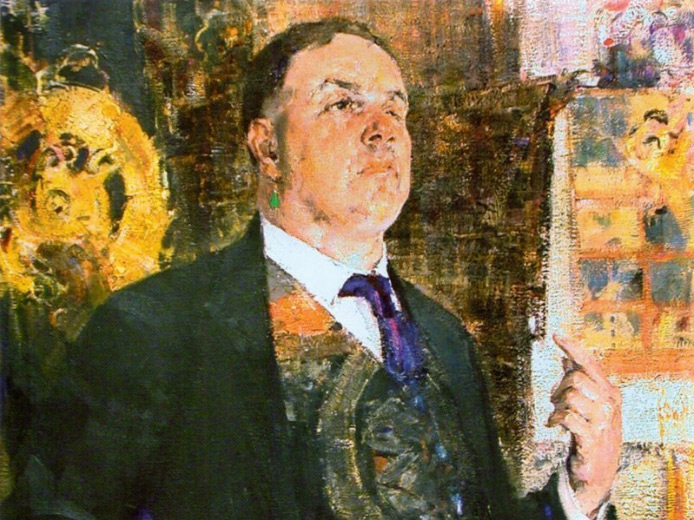
He entered the Moscow School of Painting, Sculpture and Architecture
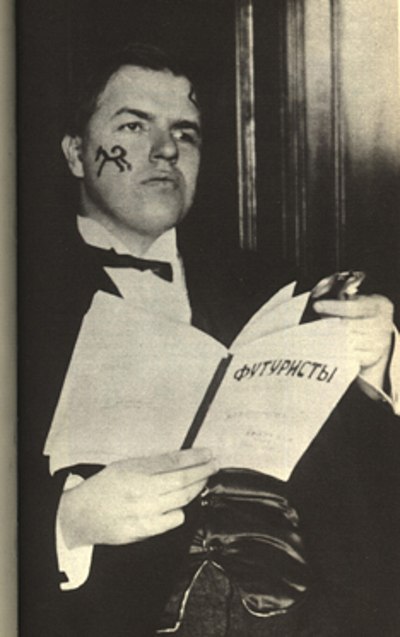
He was excluded from the Moscow School of Painting, Sculpture and Architecture

He moved to Urals

Emigrated to Japan

Settled in the United States

He started publishing the magazine «Color and Rhyme»
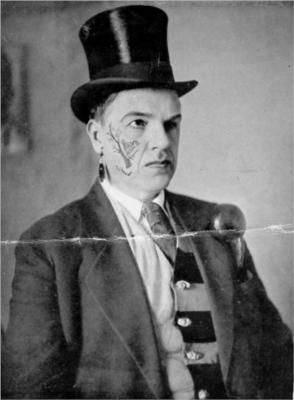
Opened «Burliuk Gallery»
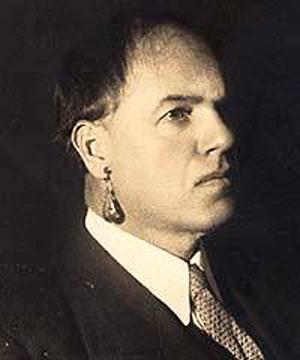
Visited USSR together with his wife
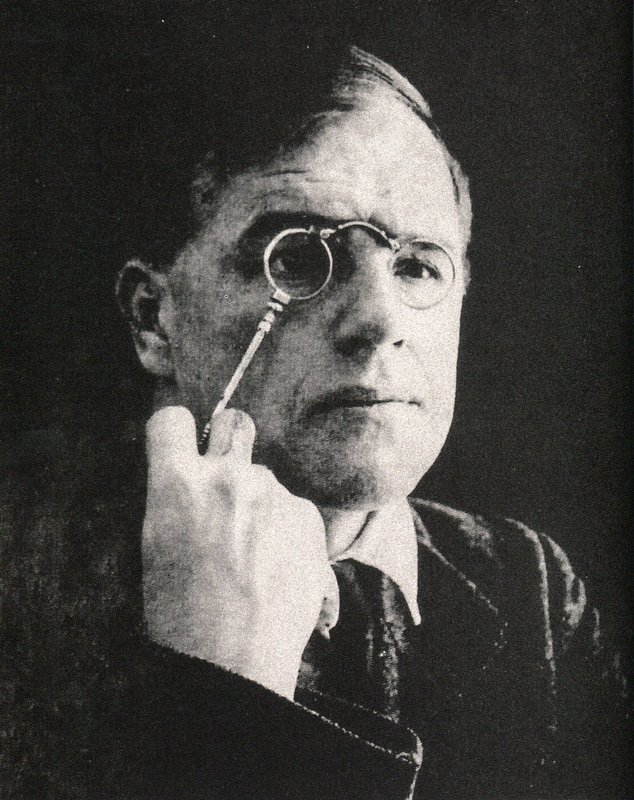
He traveled with his wife to Australia

The death of the artist
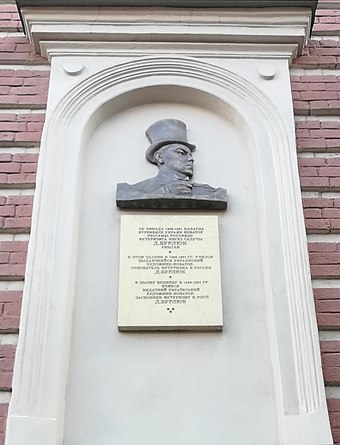
David Burliuk
On Artist
flow
Impressionism
Fauvism
Cubism
Futurism
Neo-primitivism
friends
Alexandra Exter
Vasily Kandinsky
Alexander Bogomazov
Alexander Veniaminovich Khvostenko-Khvostov
Vasily Dmitrievich Ermilov
artists
Paul Klee
Pablo Picasso
Vincent Van Gogh
Mark Shagal
Anton Azhbe
Fernan cormon
By Artist
flow
Cubofuturism
friends
Victor Palmov
Nikolai Ivanovich Feshin
Abram Manevich
Vladimir Mayakovsky
Vasily Kamensky
Alexander Erastovich Tulkin
artists
Aristarkh Lentulov
Vadim Meller
Kinoshita Suichiro
Katarina Dreyer
Arshile Gorky
Milton Clark Avery
George Constant
